AO Edited
Soul City
The partial realization of a utopian proposal to build a master planned community primarily by and for Black Americans.
Soul City is not a city, but it aspired to be. Planned as part of a federal program supporting the development of “new towns,” master planned communities, Soul City was intended as a rural alternative to inner cities where Black Americans could realize economic and political self-determination. As envisioned in 1969, the community would have 50,000 residents and produce 24,000 jobs by the year 2000. Like all utopias, the reality fell short of the dream, but the dream gave rise to the reality.
The visionary behind the ambitious plan was Floyd B. McKissick, an attorney and major American civil rights leader. “Black Power” meant different things to different people, regardless of race, but McKissick believed the foundation of all Black empowerment was economic autonomy. After resigning in 1968 as national director of the Congress of Racial Equality, he founded a for-profit corporation intended as a clearinghouse for Black capitalism. McKissick Enterprises launched or invested in a variety of Black-owned businesses; a publishing house, an import-export company, restaurants, and real estate.
Soul City—an entirely new community of residences, retail, and industry, just northeast of Durham—was an undertaking of a different magnitude. An initial loan came from Chase Manhattan Bank, which had financed McKissick’s other business ventures, but development of a new town would require tens of millions of dollars. For example, the upfront cost for the suburb of Columbia, Maryland, was $50 million.
McKissick saw financial opportunity in the New Communities Act of 1968, which was followed two years later by the National Urban Policy and New Community Development Act. The two bills authorized $750 million in loan guarantees for the development of new towns. Investors who purchased bonds financing participating projects were assured that the government would repay the debt if a developer defaulted. Numerous builders applied to the United States Department of Housing and Urban Development (HUD). Ultimately, 13 proposals were approved, including Soul City.
The federal program got underway incrementally. By late 1970, HUD had awarded loan guarantees to five proposals. While waiting for approval of the Soul City application, McKissick secured funds from other sources to advance the project. In May 1972, the Office of Minority Business Enterprise awarded a $500,000 grant to plan the Warren Industrial Park. One month later, the Office of Economic Opportunity approved $1 million for the creation of HealthCo, a comprehensive health-care center serving all of Warren and Vance counties.
The Soul City application was approved in July 1972, but only after the award was reduced from $33 million to $14 million, a fraction of what some of the other projects were given. Another 19 months passed before HUD issued the first $5 million in bonds, which it restricted to site prep and infrastructure work. This limitation would have unintended consequences. One year after the bonds were issued, the Raleigh News & Observer took issue with the lack of visible progress, writing, “There is no industry there, no shops, no houses—no Soul City.” The fact that the bond money could not be used for this type of construction was seemingly immaterial. The newspaper measured progress from the project announcement in 1969, not from the bond issue, just 12 months earlier.
Over a period of weeks, the “N&O” published more than a dozen articles, culminating in an editorial calling for an independent audit. Other newspapers, including the Wall Street Journal, were also critical of Soul City. United States Senator Jesse Helms followed the media’s lead, directing his request for an audit to the federal Government Accountability Office (GAO). The State of North Carolina, which had provided some funding of its own, commenced an audit as well.
HUD forcefully defended McKissick, calling the News & Observer articles “often inaccurate, misleading or unsupported” and noted how Soul City had benefited the entire region. Applications submitted by Soul City had brought $2 million to the region for education and $1.8 million for health care. The GAO audit found some improper purchasing and record keeping but largely exonerated Soul City. Unsatisfied, Senator Helms called for a criminal investigation but the Justice Department concluded that the audit “failed to reveal any violations of law.”
The favorable determinations were of course welcome but the scrutiny was damaging. Potential industrial tenants were unnerved just as Soul Tech I, the first manufacturing building, was nearing completion. Some federal agencies discontinued their financial support. On the other hand, in 1976 HUD removed its prohibition against construction of housing and provided an additional $445,000 for sewer lines, storm drains and roads. The New Communities Administration voted at the end of the year to release another $5 million in bonds.
Soul City slowly made progress over the next few years but as it did, the 13 individual projects and the entire program underwent reevaluation. Soul City was in comparatively strong health, with much of its infrastructure in place and $2.8 million in the bank, plus another $4 million in bonds yet to be released. However, the situation was so precarious that in the span of three months in 1979, HUD approved Soul City’s annual budget and an outside consultant concluded that the project was no longer financially viable.
HUD foreclosed on the property in 1980 but Soul City did not suffer this fate alone. Eight of the other 12 new towns were also subjected to foreclosure and three more were left on the verge of bankruptcy. Only The Woodlands, a Houston exurb, was completed by its original developer as planned. Soul City was unique in many ways — located in an economically distressed, rural area, and founded on an ideal rather than with profit as a motive — but in the end, like almost all of the other new towns, it proved too expensive to realize.
A visitor to Soul City today will find the homes, community facilities and industrial spaces McKissick was able to complete before HUD withdrew its support. The residential areas were to be organized as eight neighborhoods, each with their own elementary school, but only Green Duke Village was built. A second neighborhood, Pleasant Hills, is located southeast of the intersection of State Routes 1113 and 1100 and consists of paved streets and little else.
No school was constructed but the Magnolia Ernest Recreation Park opened in 1977. Following the foreclosure by HUD, Warren County began managing the facility and took possession of it entirely in 2008. The basketball and tennis courts were renovated in 2022.
HealthCo, which continued to operate for three decades following foreclosure, is located at the southeast corner of Routes 1151 (once Soul City Boulevard) and 1100. At the end of the 1970s, HealthCo had two doctors, two dentists, a cohort of nurses and technicians, and served more than 2,000 patients annually. It is now vacant, stripped of its copper plumbing and everything else of value.
The 72,000-square-foot Soul Tech I was completed in 1975. A manufacturer of camping equipment once leased the majority of the facility and a builder of modular homes occupied most of the remaining space. In 1997, the State of North Carolina built a medium-security prison nearby and inmate labor now manufactures disinfectant, laundry detergent, and soap in the only industrial facility completed as part of the Soul City master plan.
As HUD was preparing to foreclose on Soul City, Perdue Farms Inc. purchased 500 acres in the Warren Industrial Park for its Norlina Hatchery, which operates to this day. McKissick pointed to this development as evidence of the viability of Soul City but the argument was unpersuasive, or perhaps came too late. After a decade of planning and construction, the dream was extinguished, leaving the hatchery and soap factory, the recreation facility, and Green Duke Village.
Know Before You Go
The address is for the 1781 manor house built by Green Duke, currently planned to become the McKissick Soul City Civil Rights Center. Green Duke Village is arranged around Duke Drive, an oval accessed from North Carolina Route 1113 (once Liberation Road) at what would be six o’clock on a clock face.
The Magnolia Ernest Recreation Park is at ten o’clock. Some of the cul-de-sacs branching off Duke Drive are notably named for Nat Turner, John Brown, Dred Scott and Bishop Richard Allen. Other locations are as noted in the body of the text.

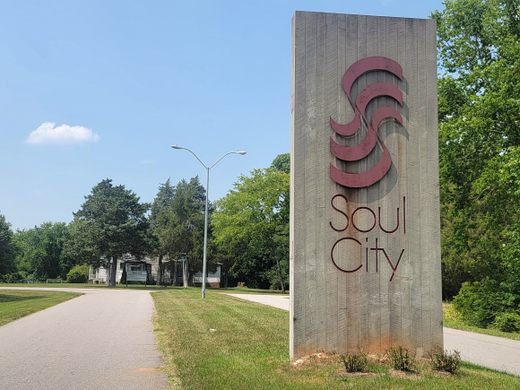
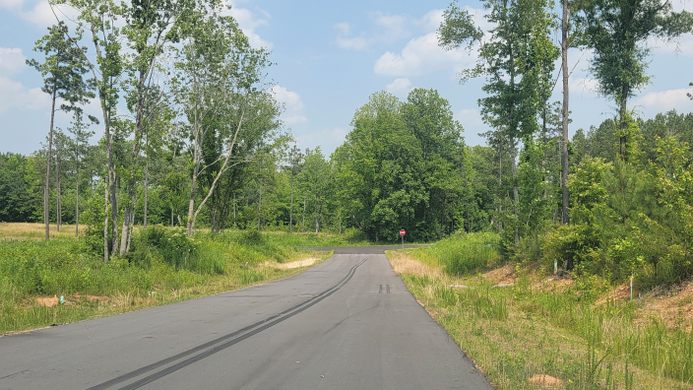
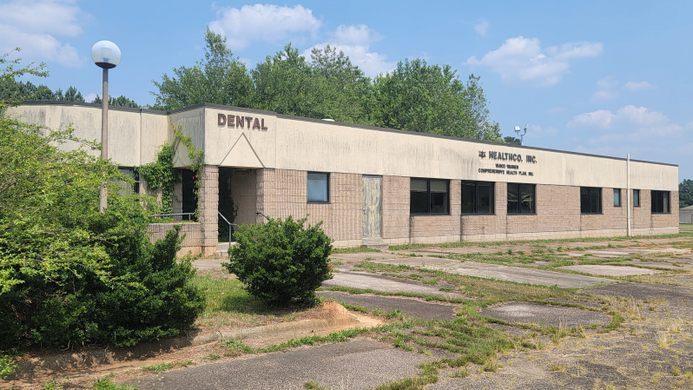
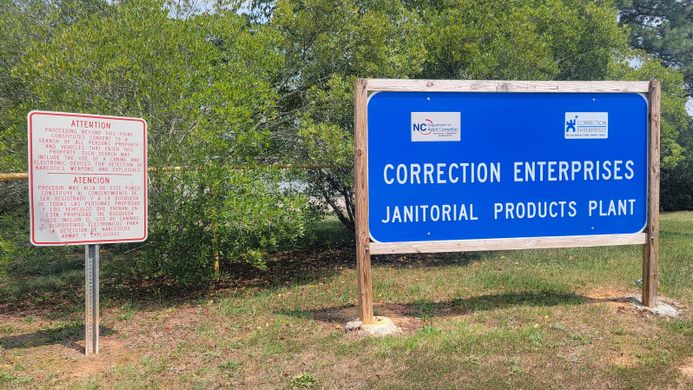
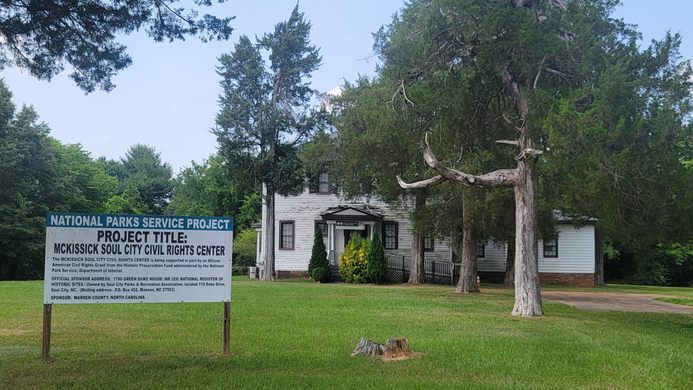
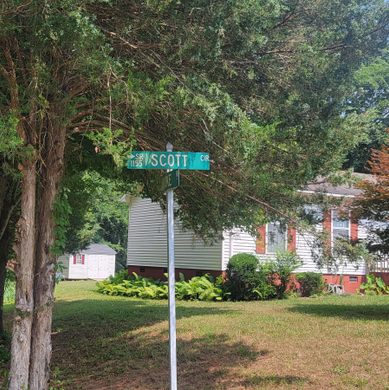



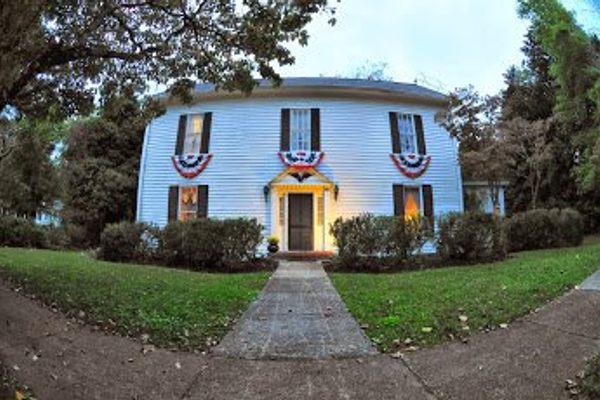



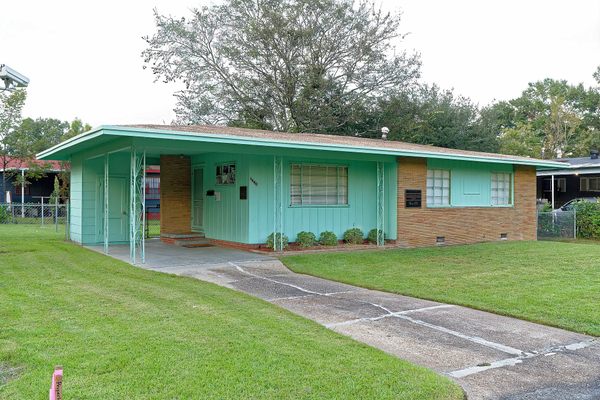
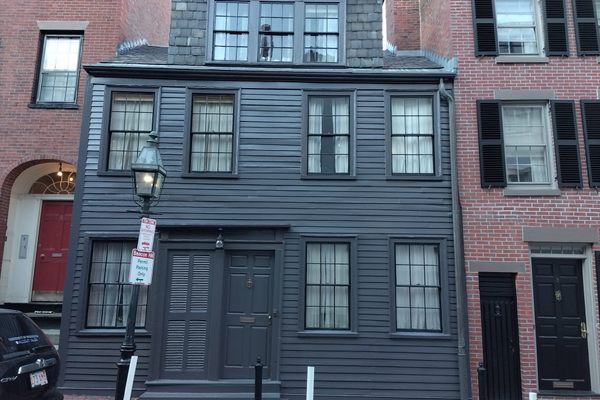
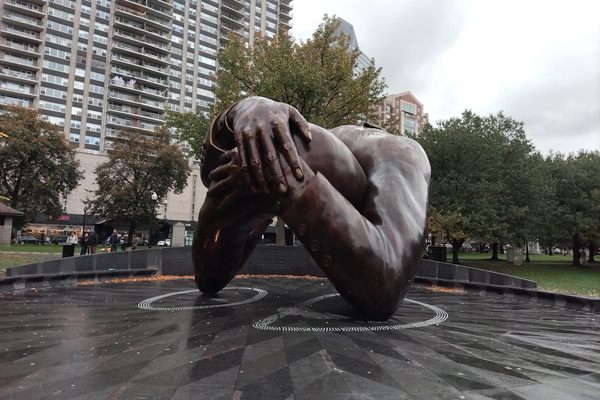
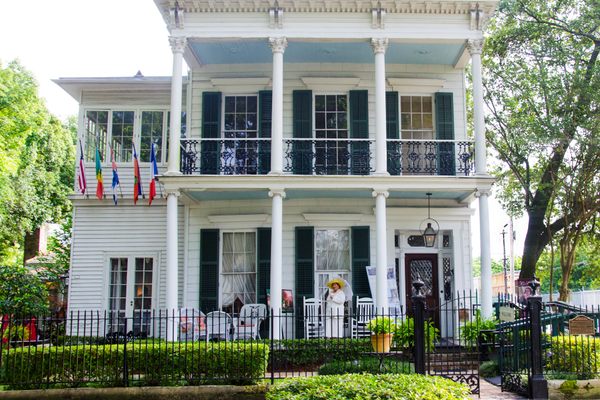

Follow us on Twitter to get the latest on the world's hidden wonders.
Like us on Facebook to get the latest on the world's hidden wonders.
Follow us on Twitter Like us on Facebook